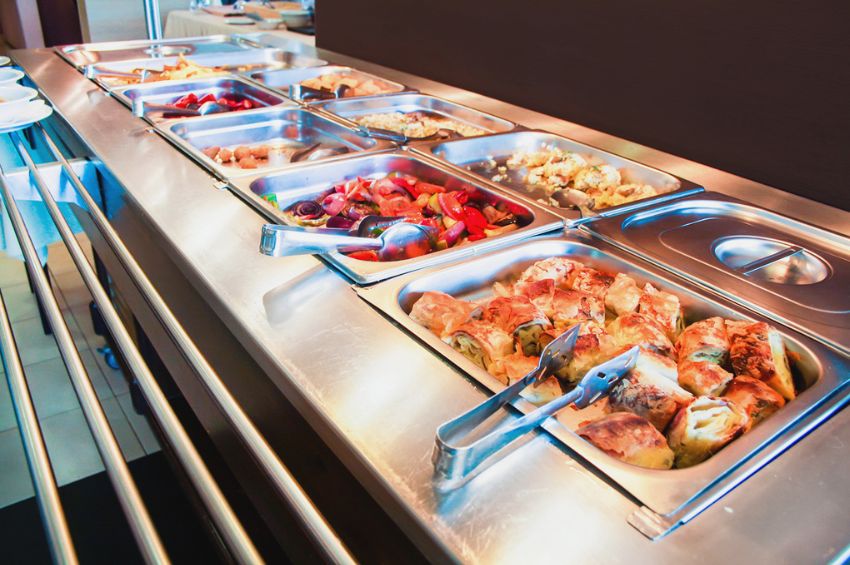Food safety is a critical concern for everyone involved in the foodservice industry, including schools and universities that provide meals to their students. Is it surprising that schools face different food safety risks than restaurants do? Well, it’s true! Let’s dive a little deeper to talk about what these differences include and why it matters.
Spatial and Size Differences
One of the main differences is the amount of food that needs to be prepared and served in schools, which tends to be exponentially more than in restaurants. This also means a larger foodservice team and a greater risk of cross contamination throughout the kitchen and service areas. Simply put—there is more room for error. Schools need to have a tight system with staff that is properly trained on food safety, equipment maintenance, and other food safety best practices. On the flip side, restaurants operate on a much smaller scale than most higher education institutions, which means they typically have fewer staff, serve fewer customers, and have a smaller physical space overall.
Temperature Controls
Cooking methods and temperature controls are impacted by the spatial and scaling differences we talked about above. While restaurants typically cook meals for customers as orders come through or use time controls for safety, the batch-style preparation used for feeding ravenous college students means that hot foods may need to be held with temperature controls for long periods of time. This is typically accomplished with large heaters. However, the large heaters used in schools can cause unique challenges in food safety if they are placed too close to food storage areas, cooking equipment, or serving areas.
There are two ways that large heaters in schools can pose food safety risks:
- Temperature Control: Large heaters can cause the temperature to rise above safe levels in food storage and preparation areas. If the temperature rises too high, it can create an ideal environment for bacterial growth which can cause foodborne illness.
- Cross Contamination: Large heaters can also cause cross contamination by blowing dust, dirt, or other contaminants into food preparation areas. This can increase the risk of food contamination, especially if the heater is not cleaned regularly.
To avoid these risks, schools should make sure that their large heaters are installed in places that are away from food storage, preparation, and serving areas. The heaters should be regularly cleaned and maintained to prevent the buildup of dust and dirt. It’s also important to regularly monitor the temperature in food storage and preparation areas to make sure these spaces stay at safe temperatures.
Resources
Restaurants may have more resources available to them when it comes to food safety, including more specialized equipment. On the other hand, schools may have more limited resources, making it more difficult to implement food safety protocols. Food service workers in schools might not be properly trained on cleaning best practice or how to maintain equipment. In fact, schools are more likely than restaurants to experience food safety violations related to equipment and facility maintenance.
Higher education and restaurants share some similarities when it comes to protecting their students and customers from the risk of foodborne illnesses. However, foodservice workers should be aware of their differences in order to properly adhere to the food safety regulations and guidelines put out by government agencies like the FDA and USDA. Keeping these differences in mind, implementing comprehensive food safety plans, and offering staff the opportunity to take food handler training can help higher education institutions ensure they are providing safe and healthy meals to everyone on campus.






